More Power From Tesla EV Conversions
Hawthorne, California-based AEM EV will soon debut an EV conversion control system that increases horsepower when using Tesla’s Large Drive Unit (LDU) base drive.
AEM EV’s system, jointly developed with Cascadia Motion, a leader in EV propulsion, combined with the company’s VCU200 vehicle control unit, provides OE-level safety, vehicle control, and increased HP.
Together, AEM EV’s LDU Inverter Control Board and VCU200 eliminate control uncertainty and limitations. AEM EV’s integration delivers more power and full control through a system that’s been thoroughly validated. Increasing the Tesla LDU base drive’s HP by 26 percent over the baseline as measured on a chassis dynamometer, further increases in output power are possible prior to the system’s release in mid-Q1 of this year. Tesla LDU performance drive motor validation will occur sometime after the release date.
Tesla’s OEM board is replaced with the Inverter Control Board in the LDU inverter, which connects to the VCU200 via CAN bus. Included with the ICU is an adapter harness with near plug and play connectivity, with the exception of 12-volt power and ground connections. The VCU200 and LDU inverter control board are designed for EV conversions only, and will not operate Tesla vehicles equipped with a factory LDU.
To realize the power gains, and to use the additional controls and safety features the LDU inverter control board and the VCU200 for the Tesla LDU provides, they must be utilized in tandem. Some of the features include motor torque management, dynamic torque limits for traction and launch control, accelerator pedal, brake switch, PRND switches, and other driver or vehicle inputs. In addition, cooling pumps, fans, lights, safety-critical inputs, high-voltage startup and shutdown sequencing, CAN message translation, diagnostics, and thermal limitations are among the board’s functions. More information on the latest Tesla Model S can be found on an earlier post.
Software developed in-house for AEM EV VCUs simplifies power delivery and control of all the ancillary subsystems of EV conversion vehicles and motorsports applications. If you’re ready to go green with your classic muscle car, hot rod, or pickup truck, AEM EV can help you make the EV conversion as painless as possible. For more information, go to aemev.com.
[Images: Tesla, AEM EV]
With a father who owned a dealership, I literally grew up in the business. After college, I worked for GM, Nissan and Mazda, writing articles for automotive enthusiast magazines as a side gig. I discovered you could make a living selling ad space at Four Wheeler magazine, before I moved on to selling TV for the National Hot Rod Association. After that, I started Roadhouse, a marketing, advertising and PR firm dedicated to the automotive, outdoor/apparel, and entertainment industries. Through the years, I continued writing, shooting, and editing. It keep things interesting.
More by Jason R. Sakurai
Latest Car Reviews
Read moreLatest Product Reviews
Read moreRecent Comments
- Carson D Just don't be the whistleblower who reports on the falsification of safety data. That's a deadly profession.
- Carson D I'd have responded sooner, but my computer locked up and I had to reboot it.
- Todd In Canada Mazda has a 3 year bumper to bumper & 5 year unlimited mileage drivetrain warranty. Mazdas are a DIY dream of high school auto mechanics 101 easy to work on reliable simplicity. IMO the Mazda is way better looking.
- Tane94 Blue Mini, love Minis because it's total custom ordering and the S has the BMW turbo engine.
- AZFelix What could possibly go wrong with putting your life in the robotic hands of precision crafted and expertly programmed machinery?
























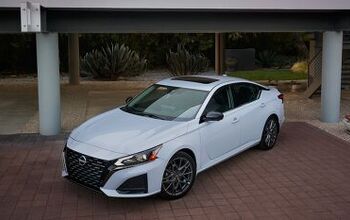
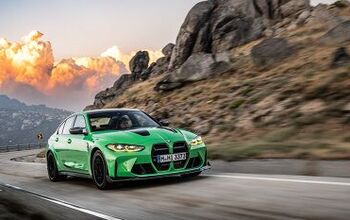
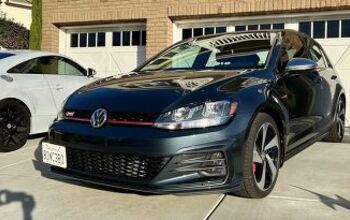



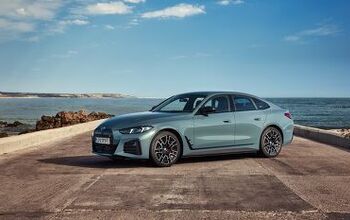

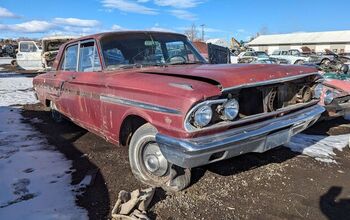



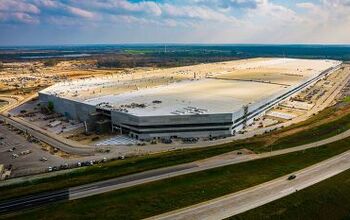
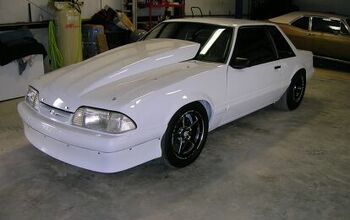
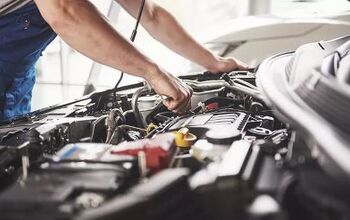
Comments
Join the conversation
Tesla already puts heavy stress on its batteries to get the mileage it claims. Supercharging that is playing roulette with your battery life, in a $15,000+ battery.
Conspicuously missing from the information is anything about the battery needed to produce that increase in HP. You can't magically tune more power into a motor. The amount of mechanical power a motor puts out is directly proportional to the amount of electrical power it is consuming. Any given motor has a max power that it can produce given a power supply with sufficient current at the rated voltage. So to be able to increase the power you either in the original application the battery wasn't capable of safely providing enough current and you give it a battery that can supply the needed current. Or you increase the voltage of the battery, and for that to work you have to assume it was designed to run on a higher voltage than it does in the original application. TL/DR you will need a bigger, more capable battery to increase the power output of the motor.